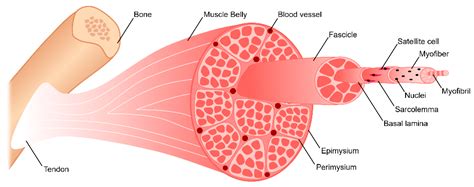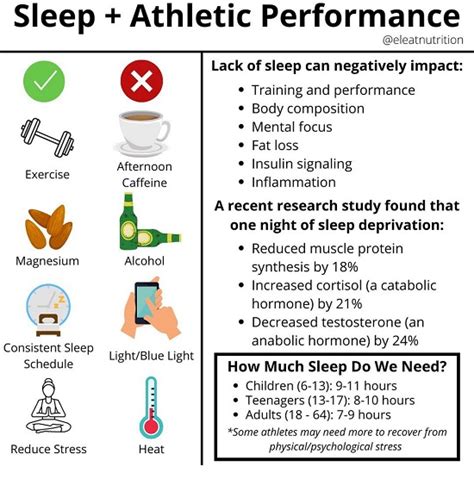What’s the most efficient workout split for busy men seeking peak muscle gain?

The Busy Man’s Dilemma: Time vs. Gains
In today’s fast-paced world, many men juggle demanding careers, family responsibilities, and other commitments, leaving precious little time for the gym. Yet, the desire for peak muscle gain often remains. The challenge isn’t just about showing up; it’s about making every minute count. An inefficient workout split can lead to wasted effort, plateaued progress, and ultimate frustration.
The key to unlocking consistent muscle growth when time is a constraint lies in selecting a workout split that maximizes training frequency, optimizes volume, and allows for adequate recovery. It’s about working smarter, not just harder.
Core Principles of Effective Muscle Building
Before diving into specific splits, it’s essential to understand the fundamental drivers of hypertrophy (muscle growth):
- Training Frequency: How often you train a muscle group per week. Research suggests that training muscles 2-3 times per week is superior to once a week for muscle growth.
- Volume: The total amount of work performed (sets x reps x weight). There’s a sweet spot; too little won’t stimulate growth, too much can impede recovery.
- Intensity: The effort level, typically measured by proximity to failure. Lifting challenging weights that stimulate adaptation is vital.
- Progressive Overload: Continuously increasing the demands placed on the muscles (e.g., more weight, more reps, more sets) over time. This is non-negotiable for sustained growth.
- Recovery: Adequate sleep and nutrition are as critical as the workout itself. Muscles grow outside the gym.

Deconstructing Popular Workout Splits for Efficiency
Let’s evaluate common workout splits through the lens of a busy man seeking peak muscle gain:
1. Full Body Split (2-3 times/week)
This split involves training all major muscle groups in each session. A typical schedule might be Monday, Wednesday, Friday, with rest days in between.
- Pros: High frequency (each muscle trained 2-3x/week), excellent for beginners and time-constrained individuals, allows for more recovery days, promotes compound movements.
- Cons: Each session can be long if too much volume is attempted; can be taxing on the central nervous system if not programmed correctly.
- Verdict for Busy Men: Highly efficient. With 3 sessions per week, you hit each muscle group three times, which is fantastic for muscle protein synthesis and growth.
2. Upper/Lower Split (4 times/week)
This split divides the body into upper body days and lower body days. A common schedule is Upper, Lower, Rest, Upper, Lower, Rest, Rest.
- Pros: Good frequency (each muscle trained 2x/week), allows for more dedicated volume per muscle group per session compared to full body, good balance between training and recovery.
- Cons: Requires 4 gym sessions per week, which might be a stretch for some extremely busy individuals.
- Verdict for Busy Men: Very efficient if 4 days are available. It allows for a higher weekly volume per muscle group than a typical 3-day full body split.

3. Push/Pull/Legs (PPL) Split (3 or 6 times/week)
This split groups muscles by their function: push movements (chest, shoulders, triceps), pull movements (back, biceps), and legs. It can be done 3 times a week (one cycle) or 6 times a week (two cycles).
- Pros: Allows for high volume per session, good muscle focus, excellent frequency if done 6x/week.
- Cons: A 3-day PPL only trains each muscle group once a week, which is suboptimal for peak muscle gain. A 6-day PPL demands significant time commitment.
- Verdict for Busy Men: Less efficient for busy men who can only manage 3-4 days. If you can commit to 6 days, it’s highly effective, but that’s a rare luxury for most busy individuals.
4. Bro Split (Body Part Split) (3-5 times/week)
This involves training one or two muscle groups per session (e.g., Monday: Chest, Tuesday: Back, etc.).
- Pros: Allows for very high volume on a single muscle group.
- Cons: Each muscle group is typically trained only once a week, which is sub-optimal for muscle protein synthesis and overall growth compared to higher frequency approaches.
- Verdict for Busy Men: Least efficient for peak muscle gain. The low frequency isn’t ideal for maximizing growth, especially when time is limited.

The Verdict: Most Efficient Splits for Busy Men
For busy men prioritizing peak muscle gain, the most efficient workout splits are:
- Full Body Split (3 times/week): If you can only commit to 3 days a week, this is arguably the most efficient choice. You hit each muscle group frequently with compound exercises, stimulating growth effectively without excessive time commitment.
- Upper/Lower Split (4 times/week): If you have 4 days available, this split offers a slight edge in terms of total weekly volume and dedicated focus per muscle group, while maintaining good frequency.
The choice between these two largely depends on your specific time availability. Both prioritize compound movements (squats, deadlifts, presses, rows), which are the most effective for stimulating overall muscle growth.
Maximizing Gains Beyond the Split
Even with the perfect split, other factors are critical for peak muscle gain:
- Nutrition: Ensure a caloric surplus (to gain weight) and adequate protein intake (1.6-2.2g per kg of body weight) to support muscle repair and growth. Focus on whole, nutrient-dense foods.
- Sleep & Recovery: Aim for 7-9 hours of quality sleep per night. This is when your body repairs and builds muscle. Active recovery (light walks, stretching) can also aid in reducing soreness.
- Progressive Overload: Consistently strive to lift more weight, perform more reps, or increase sets over time. Without progressive overload, your muscles have no reason to grow.
- Consistency: The most efficient split is useless if you don’t stick to it. Find a routine you can adhere to week after week.

Sample Efficient Workout Structures
Option 1: Full Body (3x/week)
- Workout A: Squats, Bench Press, Barbell Rows, Overhead Press, Bicep Curls, Tricep Extensions
- Workout B: Deadlifts, Incline Dumbbell Press, Pull-ups/Lat Pulldowns, Dumbbell Shoulder Press, Leg Press, Face Pulls
- Alternate A and B sessions.
Option 2: Upper/Lower (4x/week)
- Day 1: Upper (e.g., Bench Press, Rows, Overhead Press, Bicep Curls, Tricep Pushdowns)
- Day 2: Lower (e.g., Squats, Romanian Deadlifts, Leg Press, Calf Raises, Abdominal work)
- Day 3: Rest
- Day 4: Upper (e.g., Incline Press, Pull-ups, Lateral Raises, Face Pulls, Dips)
- Day 5: Lower (e.g., Deadlifts, Lunges, Leg Curls, Leg Extensions, Glute Bridges)
- Day 6 & 7: Rest

Conclusion
For busy men seeking peak muscle gain, the Full Body split (3x/week) or the Upper/Lower split (4x/week) stand out as the most efficient choices. They balance optimal training frequency and volume with respect for limited time, allowing for consistent progressive overload and adequate recovery. Remember, the ‘best’ split is ultimately the one you can adhere to consistently, combined with proper nutrition, sleep, and unwavering commitment to challenging yourself.








